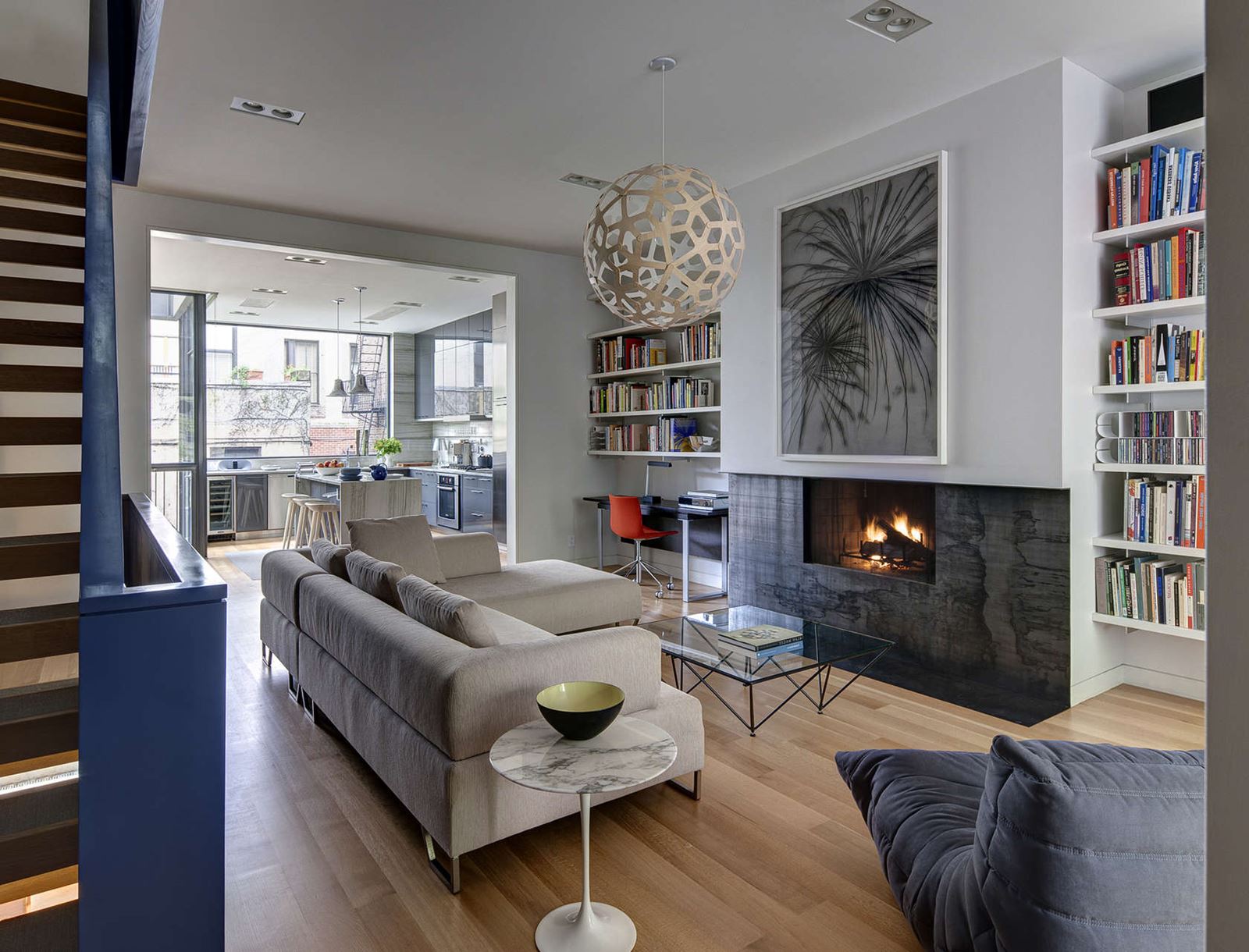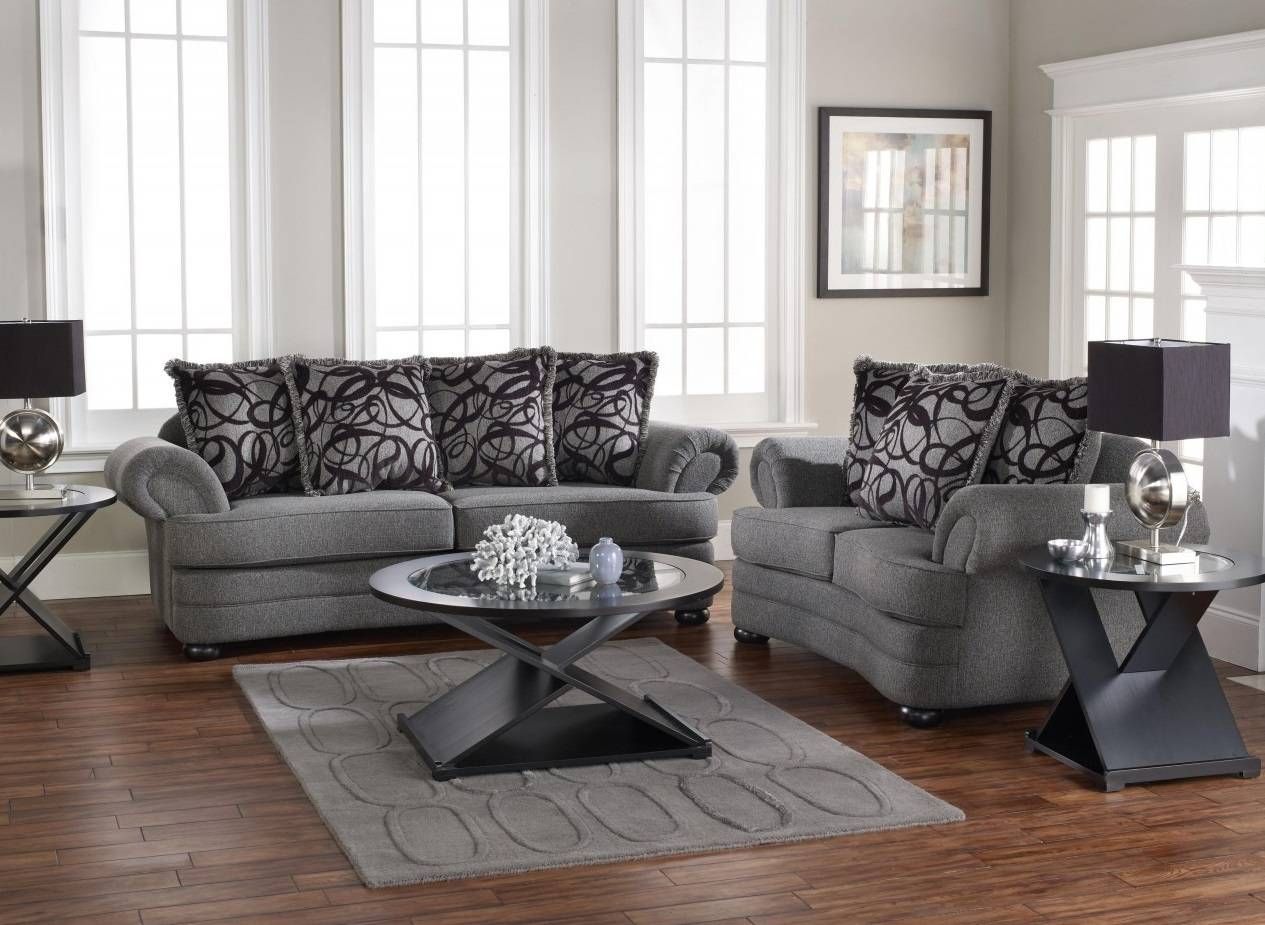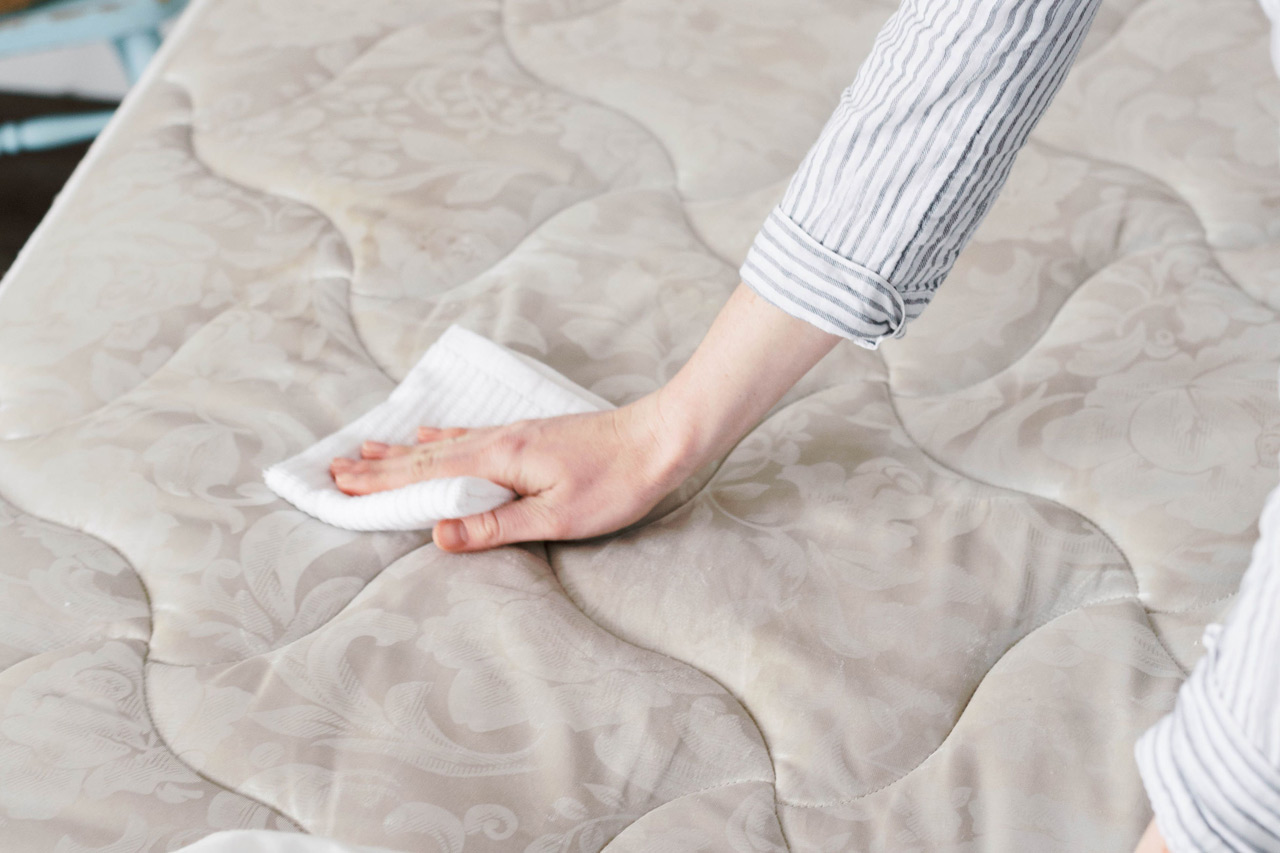Choose the Right Kitchen Layout
When it comes to designing your kitchen, the layout of the room should be the first thing that you plan. First and foremost, decide what your kitchen will be used for. This will help you determine the activities your kitchen will need to accommodate. If you plan to entertain more in the kitchen, you will want to ensure you have adequate space for the occasion. Otherwise, if you want a kitchen that is more family-oriented, then you will need to consider a completely different design.
After you have decided the purpose of your kitchen, begin laying out some rough diagrams. Think about the objects that will influence the design of the layout, such as windows, stove and fridge. In addition, consider the type of workflow you need for your kitchen. You should always strive to create a layout that is ergonomic and efficient. It should be organized in a way that it will facilitate an uninterrupted workflow, regardless of how much activity is involved.
Prioritize Your Wishlist
Sure, you want your kitchen to look its absolute best. That means you have to sacrifice certain features if you want a kitchen that is stunning as well as functionally sound. When creating your wishlist for your kitchen, go with practicality first. Consider which features are priorities, and which features can wait for another time.
When prioritizing your wishlist, focus on the permanent fixtures of the kitchen. This includes the layout, cabinets, finish, countertop, and lighting. Start narrowing down your choices by researching the various materials and designs. Take your list of must-haves rather than nice-to-haves and use it as the basis for your kitchen design.
Maximize Efficiency
The key to a good kitchen is one that is efficient. It should be easy to work with, clean and less prone to clutter. You can achieve this by planning ahead and considering the type of activities your kitchen will need to support. For example, if you do a lot of cooking, the stovetop should be within easy reach of the sink and countertop. For baking, place the oven directly on the countertop. If you don’t have a lot of counter space, consider installing a kitchen island.
In addition, think about how to store items in your kitchen. Installing a pullout pantry can be a great way to store food items without compromising on kitchen space. It also allows for easy and organized access to the food items. Having the right types of appliances also helps. Invest in multi-purpose machines to save more space.
Select the Right Cabinet Finish
Your cabinet finish can make or break the aesthetic of your kitchen. Cabinets are a huge part of the kitchen and can take up almost a third of its overall design, so be sure to carefully choose the finish. Different finishes will affect the style of the kitchen — warm, homey vibes for a rustic finish, and modern sleekness for glossy lacquer. Also consider colors such as white, grey, black, and brown.
For a cohesive look, match the finish of the kitchen cabinets with the countertop. If the countertop is made of marble, let the glossy finish of the cabinets complement its texture. If you’re after a certain style, like vintage, beachy-chic, or minimal-modern, make sure that your choice of finish reflects it.
Select the Right Countertop Material
Just like your cabinets, countertops are one of the major style elements of your kitchen. Not only will it affect the aesthetics of the space, it will also determine the functionality of the countertop. That’s why selecting the right material is a crucial path in kitchen design.
Popular countertop options include granite, marble, quartz, stainless steel, laminates, and butcher block. Marble gives an air of sophistication, quartz is the preferred material for modern-minimal kitchens, while laminates are more budget-friendly and quite easy to install. Granite and stainless steel are more Industrial-style materials, while butcher block makes for a great farmhouse style.
Opt for Open Shelving
Open shelving is definitely a great option if you want to achieve a look that’s light, airy, and modern. Since the shelves are mounted to the wall, they offer a slight sense of convenience, too. Rather than rummaging through cupboard doors, you can easily view all your kitchen appliances, pantry items, and knick-knacks on the shelves.
Most open shelving is installed above the counters. Place some of your beloved cookbooks, or perhaps a bowl of fresh fruit. Or, you can install a railing to hang mugs, pans, and other kitchen wares. If you’re looking for a fresh and modern look that offers some extra storage, consider investing in open shelving.
Install Good Lighting
Lighting is essential for any kind of living space. Good lighting can create the right atmosphere for any activity, including cooking and dining. For a stylish and practical look, consider installing feature lights for an added touch of style. While task lighting is essential for performing tasks such as cooking and prepping, ambient lighting can improve the aesthetics of the kitchen.
There are many different types of lighting available, from recessed downlights to pendant lights. However, avoid ambient lighting; while it may look great, it lacks the illumination necessary for tasks. As much as possible, include task lighting in your design, such as strip lighting or wall-mounted sconces for additional illumination.
Add Casual Seating
Seating is essential for any kitchen. Not only does it provide a great way to rest while you cook, it can also provide a spot for casual dining. Casual seating can be as simple as barstools at the breakfast bar, or a full-on breakfast nook.
If your kitchen is on the smaller side, consider a breakfast bar with seating for two. Or, if you have the space to do so, install a kitchen island with seating that can be moved out of the way when not in use. Alternatively, you can also add flexible seating, such as a bench that pulls out and doubles as storage.
Consider Smart Technology
Smart technology is becoming increasingly popular, and adding a few pieces to your kitchen is a great way to enjoy the convenience it can offer. From smart refrigerators to automated ovens, there’s no shortage of possibilities. You can even integrate your lighting, HVAC, and audio/visual systems for complete convenience.
Smart technology doesn’t just make life easier — it can also help you save time and money. Smart appliances can monitor energy and water usage, and alert you when the levels are too high. Some systems can even monitor your grocery inventory, send notifications when you’re running out, and offer recommendations.
Stick to Flexible Design Principles
No matter what design you go for, make sure to follow flexible and adaptive principles. Your kitchen should easily be able to accommodate shifts in function over time. This means that your kitchen should be versatile, and able to adapt and grow depending on the activities it supports.
For example, a kitchen with ample counter space is an essential part of most kitchen designs. However, if the kitchen will only be used for more social gatherings, then you may opt to go for a smaller counter. The key is to make sure that the kitchen can easily accommodate your lifestyle and behaviors.
Designing your kitchen can be a daunting task, especially when you have to consider all the elements. However, by taking the time to think through all the aspects of your kitchen, you can make sure that it fits your specific needs and lifestyle. Follow these top 10 guidelines for kitchen design to ensure that your kitchen looks stylish, functions well, and meets all your requirements.
Using Guidelines to Improve Kitchen Design
 Many home improvement projects can be intimidating, and when it comes to redesigning the kitchen, homeowners may feel overwhelmed. After all, there are a lot of decisions to make regarding cabinets, countertops, appliances, and more. Fortunately, there are some guidelines that can be followed to help make the process easier and ensure the job gets done correctly.
Many home improvement projects can be intimidating, and when it comes to redesigning the kitchen, homeowners may feel overwhelmed. After all, there are a lot of decisions to make regarding cabinets, countertops, appliances, and more. Fortunately, there are some guidelines that can be followed to help make the process easier and ensure the job gets done correctly.
Make the Cabinets Count
 Cabinet
s are a main feature of any kitchen
. They not only store items, but also are visually appealing. Cabinets should be chosen based on the amount of available space, budget, and overall look. For instance, large families may need more storage, people with limited funds may need to shop for cabinets on a budget, and people who want a touch of visual flair may want to consider framed or unframed doors.
Cabinet
s are a main feature of any kitchen
. They not only store items, but also are visually appealing. Cabinets should be chosen based on the amount of available space, budget, and overall look. For instance, large families may need more storage, people with limited funds may need to shop for cabinets on a budget, and people who want a touch of visual flair may want to consider framed or unframed doors.
Use the Right Countertops
 The
countertop
in a kitchen
should also be taken into account
. Many homeowners find value in having a material that is both attractive and easy to clean, such as quartz. Others may opt for a timeless solid surface, such as granite. Whatever countertop is chosen, it should be something that not only works with the style of the kitchen but is also durable.
The
countertop
in a kitchen
should also be taken into account
. Many homeowners find value in having a material that is both attractive and easy to clean, such as quartz. Others may opt for a timeless solid surface, such as granite. Whatever countertop is chosen, it should be something that not only works with the style of the kitchen but is also durable.
Include Enough Seating
 Furniture, such as kitchen table and chairs, can help make the kitchen feel inviting and cozy. Depending on how much space is available, homeowners may want to
include an island with stools
to provide additional seating and cooking space. When choosing furniture, comfort should be the main priority, though it should also match with the rest of the kitchen’s style.
Furniture, such as kitchen table and chairs, can help make the kitchen feel inviting and cozy. Depending on how much space is available, homeowners may want to
include an island with stools
to provide additional seating and cooking space. When choosing furniture, comfort should be the main priority, though it should also match with the rest of the kitchen’s style.
Pick the Right Appliances
 There is an array of appliances to select for a kitchen. Many homeowners make sure their appliances are attractive and sleek while also being functional. Additionally, when choosing appliances, consider the kitchen's
other features
, such as the floor, countertops, and cabinets. There should be a harmony between all the elements and the appliances.
There is an array of appliances to select for a kitchen. Many homeowners make sure their appliances are attractive and sleek while also being functional. Additionally, when choosing appliances, consider the kitchen's
other features
, such as the floor, countertops, and cabinets. There should be a harmony between all the elements and the appliances.
Evaluating Flooring Options
 The floor of a kitchen is another important consideration. Homeowners should pick something that is not only durable but also matches the other design elements in the room. Popular options include ceramic or porcelain tile, wood, and laminate.
The floor of a kitchen is another important consideration. Homeowners should pick something that is not only durable but also matches the other design elements in the room. Popular options include ceramic or porcelain tile, wood, and laminate.
Incorporate Lighting
 Proper lighting is also key when it comes to kitchen design. Natural light is often preferable, so it is ideal to incorporate windows. If there is insufficient natural light, consider using overhead lighting and under-counter lighting to brighten the area.
By following these guidelines, homeowners can construct a kitchen that is both functional and beautiful. Taking into account the size, budget, and other design elements can help create a room that is truly unique.
Proper lighting is also key when it comes to kitchen design. Natural light is often preferable, so it is ideal to incorporate windows. If there is insufficient natural light, consider using overhead lighting and under-counter lighting to brighten the area.
By following these guidelines, homeowners can construct a kitchen that is both functional and beautiful. Taking into account the size, budget, and other design elements can help create a room that is truly unique.































































































